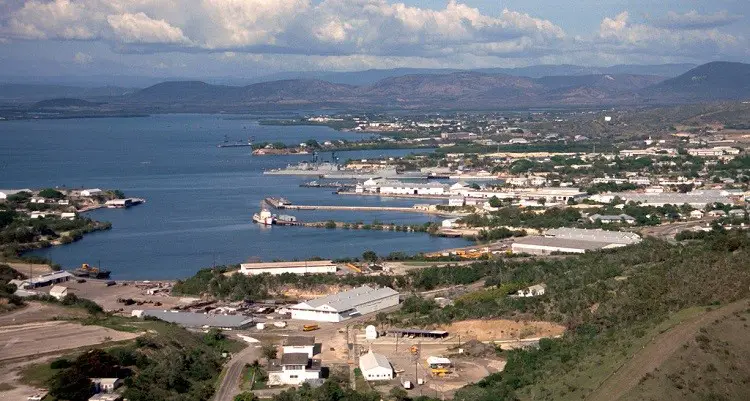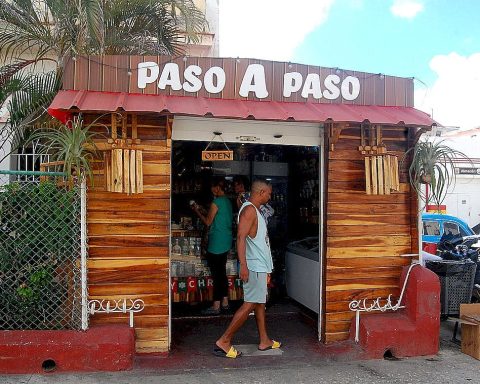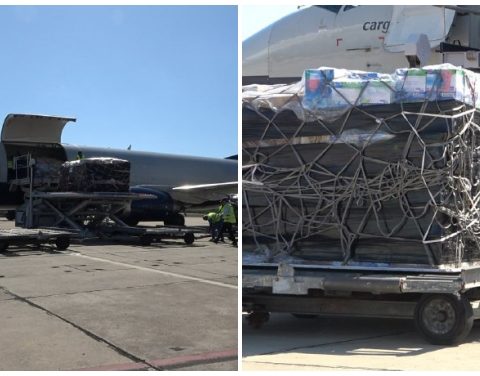HAVANA, Cuba.- On February 16, 1903, with the signing of the Leasing Treaty for Naval Bases and Carboneras, the perpetual lease by the northern nation of the territory where the Naval Base is located today became effective. from Guantanamo. The naval station had been established several years earlier, in 1898, after the victory of the United States over Spain in the Spanish-Cuban-American War.
The document in question was signed by the first elected president of the nascent Republic of Cuba: Tomás Estrada Palma, and his counterpart in the White House, Theodore Roosevelt. In the deed it was stipulated that Cuba would maintain definitive sovereignty over the enclave, with the right of passage for itself and its commercial partners; but the United States could exercise absolute jurisdiction for the duration of the occupation, for the purpose of operating naval stations.
Initially, the United States paid an annual rent that amounted to two thousand gold dollars, which was converted to 4,085 dollars in 1934, according to the current exchange rate, for occupation and use of the territory. Said payment would only be suspended by agreement between both governments, or the abandonment of the property by the United States.
In 1961, when Castro came to power, relations between the two countries were interrupted and the Cuban regime stopped accepting the payment, while insisting on demanding the return of the territory on the grounds that the Platt Amendment, included in the Cuban Constitution of 1901, constituted an element of pressure for the signing of the Treaty through which the Guantanamo territory was leased.
Although there has never been a fight over the enclave, there have been some clashes between soldiers from both countries in the past. Around the base’s perimeter is a strip of “no man’s land” where US and Cuban troops have placed thousands of anti-personnel and anti-tank mines to prevent escape from checkpoints, or an invasion. For decades that was the largest minefield in the Western Hemisphere.
The Castro government prohibited the recruitment of Cuban personnel to work at the base and stopped providing the water supply, forcing the US government to import it from Jamaica and build desalination plants. Currently the Naval Base is self-sufficient, it produces water and electricity for consumption and has facilities that guarantee basic services, communication, health care and entertainment.

















